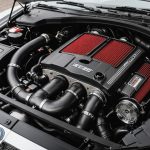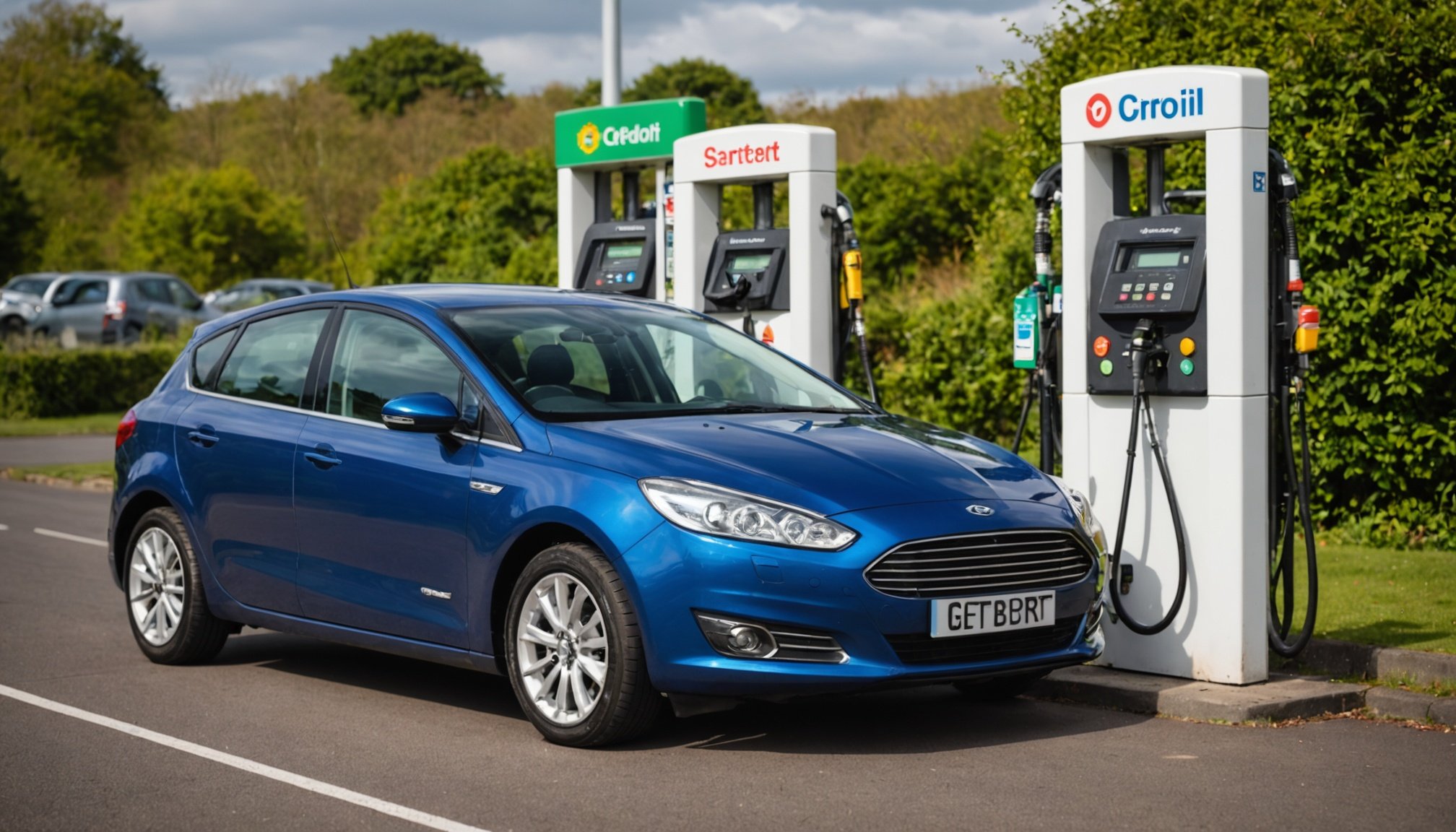Unlocking the Secrets: A Comprehensive Step-by-Step Guide to Legally Converting Your UK Petrol Car to LPG
Why Consider Converting Your Car to LPG?
In a world where environmental concerns and fuel costs are at the forefront of many drivers’ minds, converting your petrol car to run on Liquefied Petroleum Gas (LPG) can be a savvy decision. Not only can it help you cut down on fuel expenses, but it also offers a greener alternative to traditional petrol and diesel. Here’s why you might want to consider making the switch:
- Cost Savings: LPG is significantly cheaper than petrol, with prices often well under £1 a litre, a stark contrast to petrol and diesel prices which haven’t been that low since 2007[2].
- Environmental Benefits: LPG burns more cleanly than petrol or diesel, reducing CO2 emissions, sulfur oxides, nitrogen oxides, and particulate matter. This makes it a more environmentally friendly option, especially in the context of the global transition to zero emissions[3].
- Engine Health: LPG is non-toxic, non-corrosive, and free of tetraethyllead or any additives, which can lead to a significant improvement in engine health over time[3].
How is an LPG Conversion Done?
Converting your petrol car to LPG involves several key steps and considerations.
Topic to read : Comprehensive handbook: expert tips for installing a roof-mounted bike rack on your uk vehicle
Choosing the Right Installer
The first and most crucial step is to find a qualified and approved installer. The installation process is complex and requires expertise to ensure it is done correctly. Look for installers listed by organizations such as DriveLPG to make sure the job is done to the best standards[1].
Installation Process
The conversion involves installing a second, independent fuel system in your car. This includes:
Also read : Unlocking carburetor perfection: the ultimate handbook for classic uk car aficionados
- Second Fuel Tank: A separate LPG tank will be installed, which can vary in size depending on your car and the available space.
- Separate Fuel Gauge: You will need a separate fuel gauge to monitor the LPG levels.
- Additional Lubricating System: To avoid excessive engine wear, an additional lubricating system may be necessary[1].
Vehicle Suitability
Around 90% of petrol cars registered in the UK can be converted to run on both petrol and LPG. However, diesel cars can also be converted, but the process is much more complicated and not recommended with current technology[1].
Pros and Cons of LPG Conversion
Before making the decision, it’s essential to weigh the pros and cons.
Pros
- Cheaper Fuel: LPG is significantly cheaper than petrol and diesel.
- Reduced CO2 Emissions: LPG burns more cleanly, reducing environmental impact.
- Quieter Engine: LPG engines are generally quieter than diesel engines.
- Low Risk in Case of Leak: LPG evaporates quickly in the case of a leak, reducing the risk of fire or explosion[2].
Cons
- Expensive Installation: The cost of converting a petrol car to LPG can be as much as £2,000.
- Complexity and Servicing: The conversion process is complicated, and servicing can be more expensive.
- Difficulty in Filling Up: LPG filling stations are less common than petrol and diesel stations, especially in rural areas[2].
Availability of LPG Filling Stations
One of the main concerns for potential converters is the availability of LPG filling stations.
Current State
There are approximately 1,400 LPG refuelling stations across the UK, compared to around 8,350 filling stations overall. While this is a significant disparity, it is getting easier to locate LPG stockists using various websites and phone apps[2].
Major Providers
Some of the big fuel station chains, including Shell, BP, and Esso, as well as supermarket petrol stations like Morrisons and Sainsbury’s, provide LPG. This makes it more accessible, especially in urban areas[2].
Financial Considerations and Incentives
The financial aspect of converting to LPG is crucial, including both the costs and any potential savings or incentives.
Installation Costs
The initial cost of converting a petrol car to LPG can be substantial, ranging up to £2,000. However, the long-term savings on fuel can offset this cost over time, especially for frequent drivers[2].
Fuel Savings
Here is a comparative table to illustrate the potential savings:
| Fuel Type | Price per Litre (Approx.) | Energy Density per Litre |
|---|---|---|
| Petrol | £1.50 | 47.0 GJ per tonne |
| Diesel | £1.60 | 45.8 GJ per tonne |
| LPG | £0.80 | 49.4 GJ per tonne |
*Note: Prices are approximate and based on recent data[2][5].
Government Incentives
While there are some incentives, such as a £10 per year reduction in vehicle excise duty (VED) for alternatively-fuelled cars, these are limited. The lack of significant government incentives is one reason why LPG conversions are not more widespread[2].
Health, Safety, and Maintenance
Ensuring the health, safety, and proper maintenance of your vehicle after an LPG conversion is vital.
Engine Modifications
LPG provides less upper cylinder lubrication than petrol or diesel, so engines may be more prone to valve wear if not suitably modified. Regular maintenance and the use of additional lubricating systems can mitigate this issue[3].
Safety Features
LPG is designed with safety in mind:
- Odorants: An odorant like ethanethiol is added to LPG to make leaks easily detectable.
- Evaporation: LPG evaporates quickly in the case of a leak, reducing the risk of fire or explosion[3].
Making the Decision: Is LPG Right for You?
Before committing to an LPG conversion, consider the following points:
Your Driving Habits
If you drive frequently, the savings on fuel can be significant over time. However, if you drive less, the initial cost of conversion might not be justified.
Your Location
Access to LPG filling stations is crucial. If you live in an area with limited LPG availability, it might not be the best choice.
Long-Term Benefits
LPG offers a cleaner, more cost-effective alternative to petrol and diesel. However, the lack of strong government incentives and the complexity of the conversion process need to be weighed against these benefits.
Practical Insights and Actionable Advice
Here are some practical tips to help you through the process:
Research and Planning
- Find Approved Installers: Use resources like DriveLPG to find qualified installers.
- Check Vehicle Suitability: Ensure your car can be converted efficiently.
- Plan Your Budget: Factor in the initial cost and potential long-term savings.
Maintenance Tips
- Regular Servicing: Ensure your vehicle is serviced regularly to maintain engine health.
- Monitor Fuel Levels: Keep an eye on both your LPG and petrol levels to avoid running low on either fuel.
Using LPG Effectively
- Fill Up Regularly: Make sure to fill up your LPG tank regularly, especially if you plan to use it frequently.
- Keep Your Petrol Tank Topped Up: Having a reserve of petrol can be useful if you run low on LPG or need to switch fuels.: Embracing the Transition to LPG
Converting your car to LPG can be a wise decision, offering significant cost savings and a greener alternative to traditional fuels. However, it’s important to make sure you understand the process, the pros and cons, and the practical considerations involved.
As the world transitions towards zero emissions, exploring alternatives like LPG can be a step in the right direction. Here’s what a chief executive from the LPG industry might say:
“LPG is not just a fuel; it’s a transition solution. It makes sense for drivers who want to use clean energy, reduce their carbon footprint, and save money in the long term. As we work towards a global goal of zero emissions, LPG can play a significant role in this journey.”
In conclusion, converting your car to LPG is a viable option that requires careful consideration but can offer a wide range of benefits. By understanding the process, the financial implications, and the practical aspects, you can make an informed decision that aligns with your needs and supports a greener, more sustainable future.











